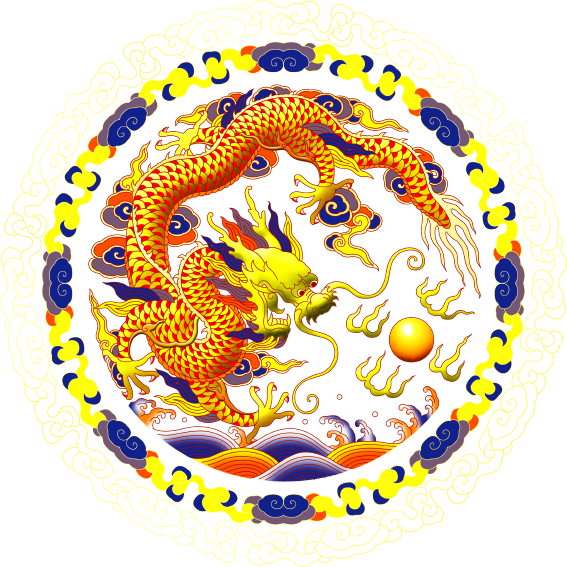Within the Hun Yuan school, we practice the Taoist version of Dao Yin, guided by the principles of the 64 transformations. While most Dao Yin schools are associated with the Confucian school of Dao Yin, which popularized Dao Yin in China over the last 300 years, the difference between the two schools lies in the Confucian school’s detachment of Dao Yin practice from spirituality and internal alchemy. It focuses on the gymnastic or calisthenic aspects of postures, without necessarily relating them to meditative states or enhancing the cultivation of inner energy.
On the other hand, the Taoist school’s perspective on Dao Yin maintains a close relationship between spiritual development and internal alchemy. Due to this, Taoist Dao Yin instruction is often obscure and esoteric, filled with alchemical passages that are not easily decipherable without proper guidance. This complexity arises from how the exercises and postures are structured.
To unravel these mysteries, one must follow a simple rule: Taoist Dao Yin is based on the 64 hexagrams of the Yi Jing. These hexagrams represent 64 mutations applied to postures and serve as a way to either block or open joints. To replicate the 64 hexagrams in the body, the broken yin lines are interpreted as flexions, while the solid yang lines are seen as extensions. In a hexagram, the first three lines represent the neck and shoulders, elbows and wrists, while the second three lines represent hips, knees, and ankles. By opening some joints and blocking others, blood and energy circulation are stimulated. Complete extension promotes free circulation, while blocking encourages energy to penetrate more deeply into the joint.
Yang energy benefits from free circulation, while Yin energy increases during blocking. In this way, Yang represents movement, and Yin represents stagnation. Movement and stillness are combined with relaxation and tension, exhalation and inhalation. The retention of air with full lungs and the retention of air with empty lungs. In broad terms, these rules form the mechanics of Taoist Dao Yin.
This mechanical structure generates different states in organic energy, massaging internal organs through movement and internal air pressure. As everyone knows, Dao Yin means “Guiding and Stretching.” In Taoist Dao Yin, energy is guided, and the body is stretched according to the 64 mutations of the Yi Jing.
